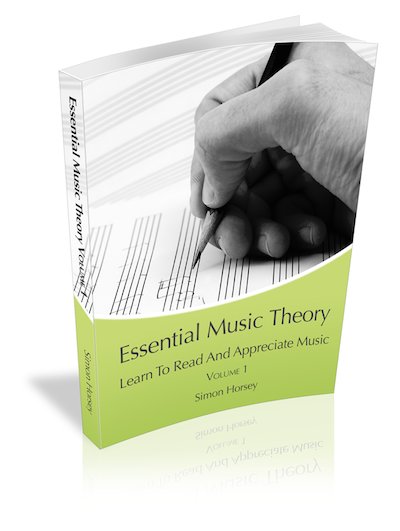Chord Inversions In Music
In a 3 item set (n = 3) there are 6 permutations (given by the formula n(n - 1). Why does music only talk about 3 inversions of a triad (a 3 note set)? Is it because the unmentioned inversions span more than an octave?
Comments for Chord Inversions In Music
|
||
|
||
|
||
A Clear Path To Learning Music Theory
For more help check out my new theory book Essential Music Theory: Learn To Read And Appreciate Music Vol. 1 available for iPad and Mac OS.
- A simple step-by-step course that takes you from complete beginner to grade 2 music theory
- Multi-faceted learning - audio, video, mind maps, clear musical examples
- Built in quizzes to check your understanding
Click here for more information.
Or get it on the iBooks Store!
